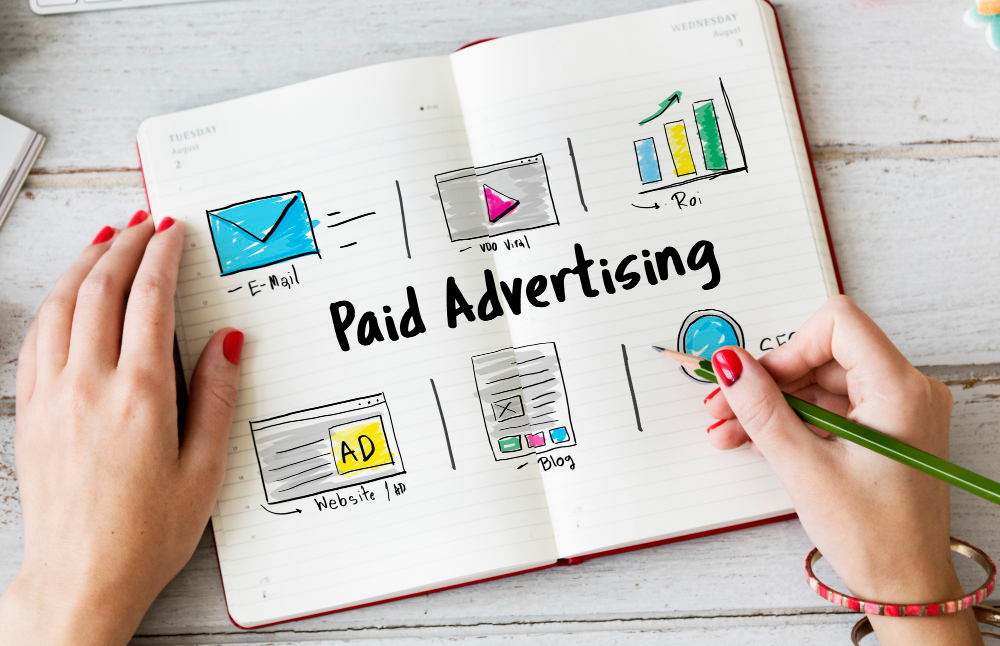How to Script, Frame, and Pace Content for Decision-Makers vs. Consumers
In the world of marketing, storytelling is a universal tool. But not all stories are created equal—and neither are all audiences. That’s why B2B video advertising requires a fundamentally different approach than B2C.
In B2C, emotion often drives the narrative. It’s fast, visual, and taps into impulse. But B2B video ads? They’re built for logic, context, and consensus.
If you’re using B2C-style video tactics to reach B2B buyers, you’re likely missing the mark.
Here’s why B2B video storytelling needs its own playbook—and how to script, frame, and pace your content for actual decision-makers.
1. Know Your Viewer: A Buyer, Not a Shopper
B2C targets individuals.
Think: “I like this shirt. I’ll buy it.”
B2B targets teams.
Think: “Will this tool integrate with our tech stack? Is it secure? What’s the ROI over 12 months?”
What That Means for Your Video:
- Speak to pain points that impact a team or business, not personal desires.
- Focus on outcomes, not just features or entertainment.
- Include proof like metrics, testimonials, and case studies.
2. Script for Logic-Driven Decisions
B2C storytelling often pulls emotional triggers: happiness, fear of missing out, humor, nostalgia. In contrast, B2B buyers want to understand value, reduce risk, and support a business case.
B2B Video Script Structure:
Hook (0–5 seconds):
Ask a question or show a stat that reflects a business problem.
Problem + Stakes (5–20 seconds):
Clarify what’s at risk if the problem isn’t solved.
Solution + Benefits (20–60 seconds):
Introduce your product/service. Show exactly how it helps and who’s used it.
Proof (60–90 seconds):
Add credibility—logos, testimonials, industry awards, or data.
Call to Action (Last 5–10 seconds):
Invite them to book a demo, download a whitepaper, or speak to sales.
3. Frame the Message Around Business Goals
B2C videos might sell lifestyle, pleasure, or convenience. B2B video ads should frame messaging around:
- Efficiency gains
- Cost reduction
- Revenue growth
- Risk mitigation
- Scalability and implementation ease
Make the buyer feel like a strategic enabler, not just a customer.
Tip:
Use on-screen text to reinforce numbers and business terms like:
- “Cut processing time by 40%”
- “Achieve 3x ROI in 6 months”
- “Compliant with SOC 2 & ISO standards”
4. Pace Slower, But Keep It Tight
B2C ads can be wild, fast-paced, and emotionally dramatic. B2B ads require more mental processing time.
But that doesn’t mean they should be boring or long-winded.
Best Practices:
- Don’t rush key value points—let them breathe.
- Use voiceover and visuals in sync, not in conflict.
- Keep videos between 60–90 seconds for awareness-stage, and up to 2–3 minutes for mid-funnel or explainer content.
5. Use Visuals That Speak to Business Context
Skip the stock footage of handshakes and skyscrapers.
Instead:
- Show dashboards, integrations, user interfaces.
- Use animation to simplify complex ideas.
- Include real people (your team or customers) in the videos.
- Display real-world business scenarios—meetings, team collaboration, or product-in-action shots.
Authenticity beats polish when your viewer is trying to assess your product’s real-world fit.
6. Tailor Videos for the Buyer Journey
B2C journeys are short—discovery to purchase can happen in minutes.
B2B journeys take weeks or months. You’ll need different video types for different stages:
| Funnel Stage | Video Type | Goal |
|---|---|---|
| Awareness | Problem-focused explainer | Hook interest & educate |
| Consideration | Product overview, case study | Show fit, prove capability |
| Decision | Testimonial, deep-dive demo | Validate decision, reduce risk |
| Post-Sale | Onboarding, success stories | Drive adoption & expansion |
Final Thoughts
The rules of storytelling don’t change—but the audience does.
B2B video ads aren’t about going viral or sparking emotion in seconds. They’re about inspiring confidence, demonstrating competence, and helping decision-makers justify action.
If you want your B2B video ads to perform, think like your audience: analytical, strategic, and risk-aware. Script like a consultant, frame like a teacher, and pace like a pro.


